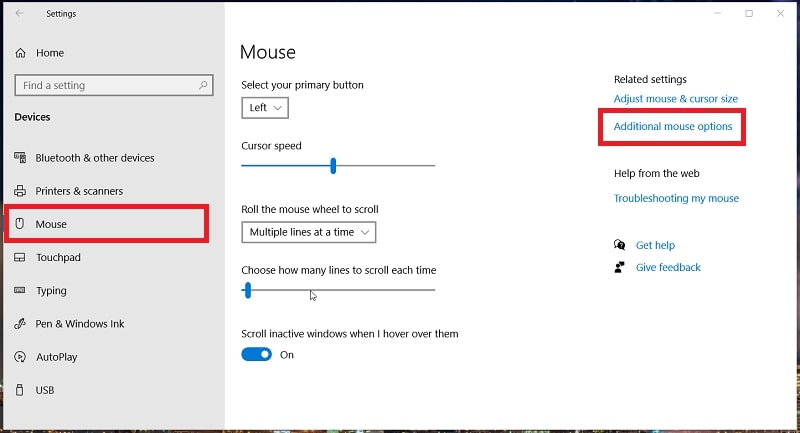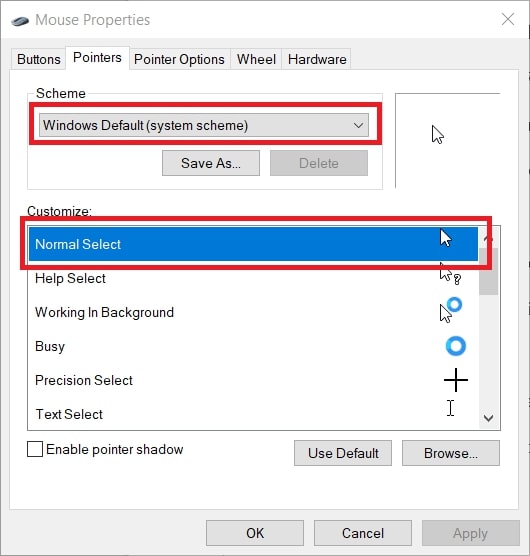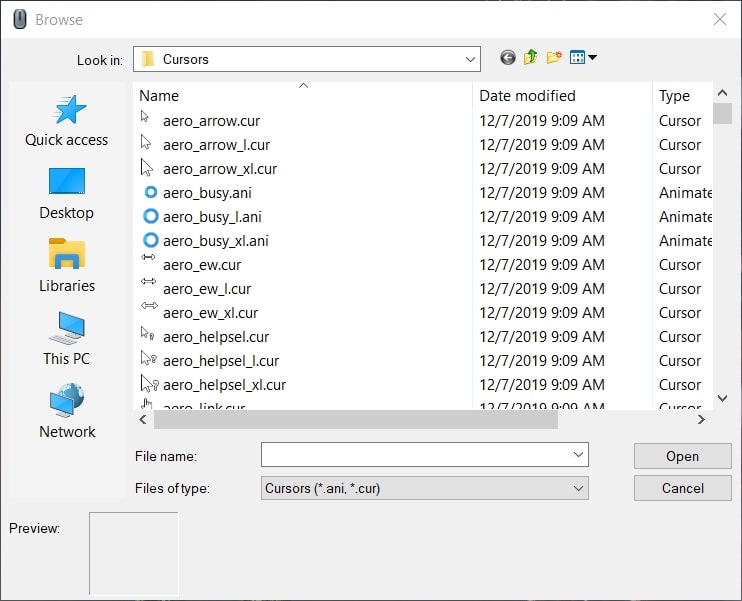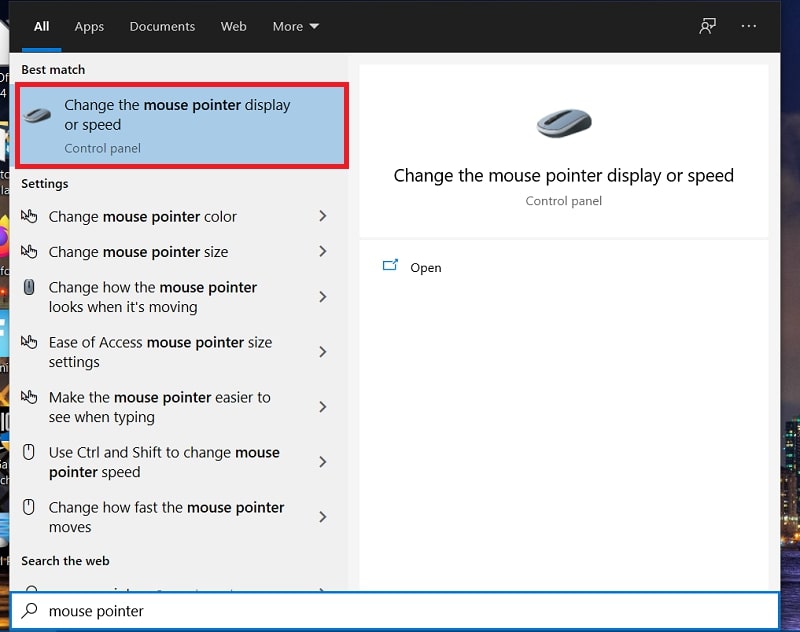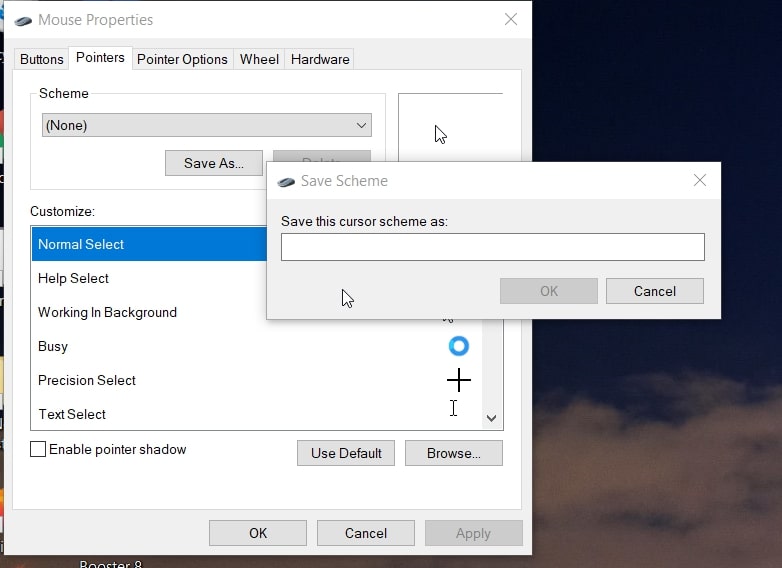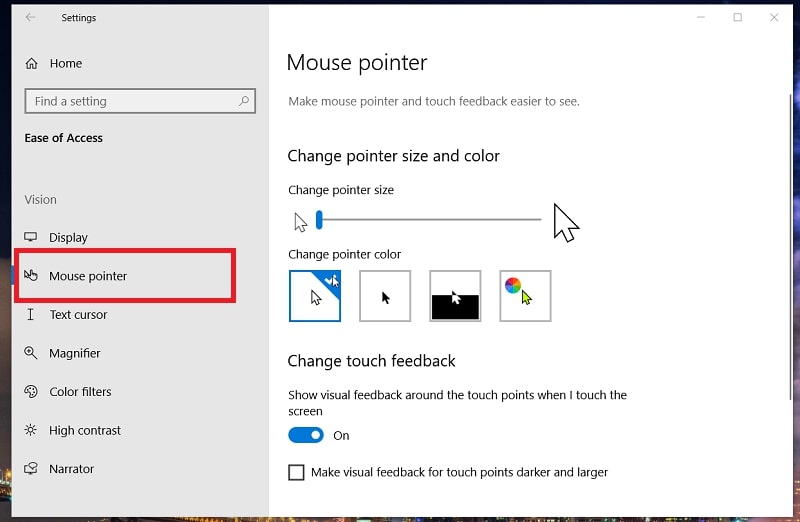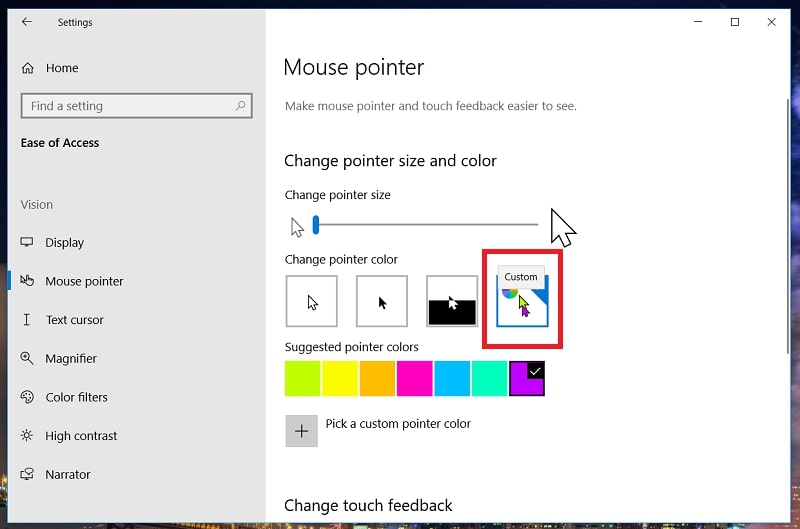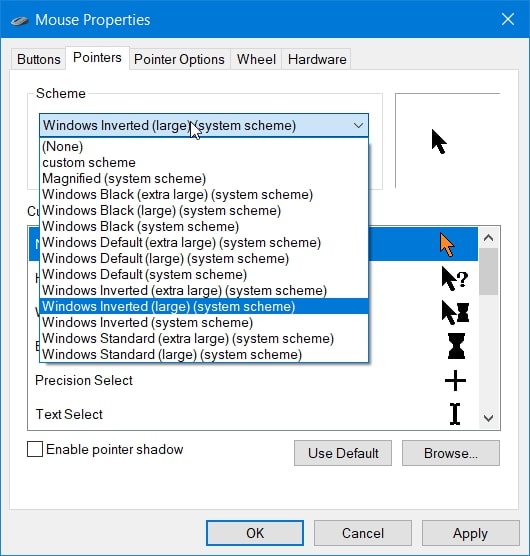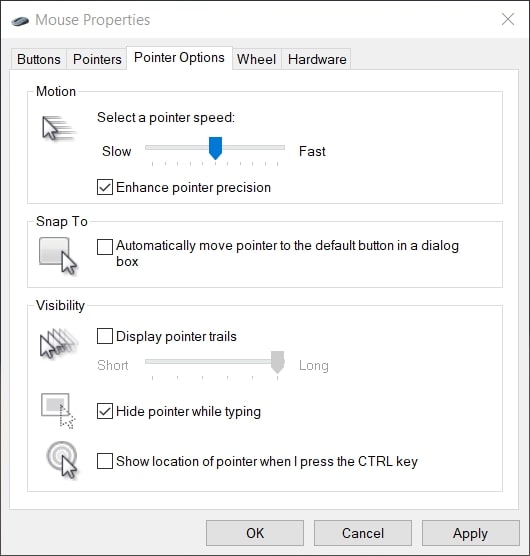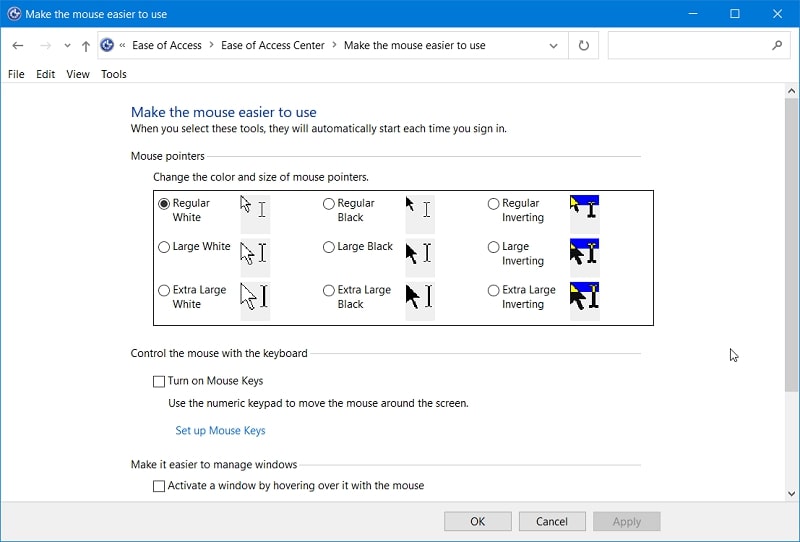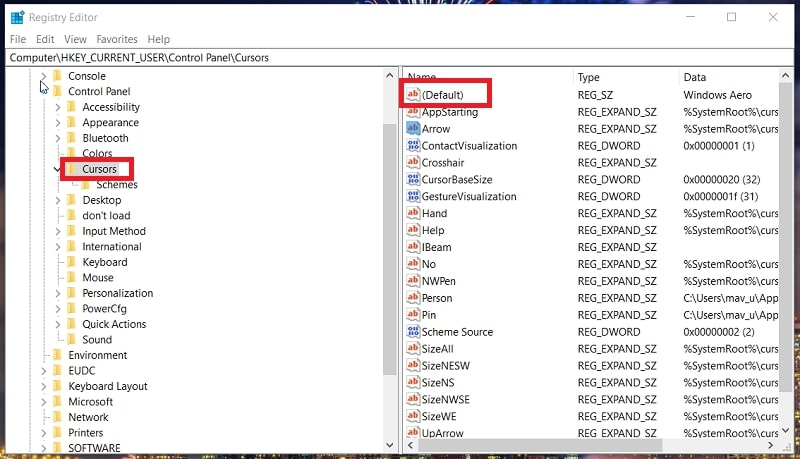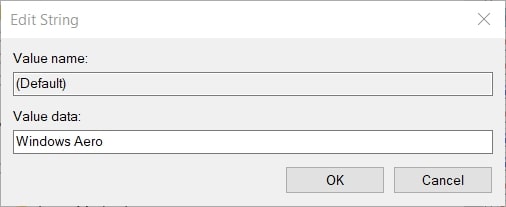The mouse is one of the essential Windows PC peripherals. Although you can utilize trackpads as an alternative, which are widely incorporated on keyboards, the mouse gives you better cursor control. The cursor (also known as the pointer) is that little arrow you move across Windows 10 with your mouse to access software, files, and options. However, your cursor doesn’t have to be a little white arrow as there are various ways you can change it.
When it comes to customizing Windows 10, most users probably focus on the desktop. Windows 10 includes various settings for customizing the desktop’s themes, wallpapers, color schemes, and icons. With those options, you can give the desktop something of an overhaul.
However, how about giving the mouse cursor a bit of an overhaul as well? Windows 10 also includes numerous options for customizing the mouse cursor. With those settings, you can select an alternative mouse pointer and change its size and color. So, modifying the cursor is another way you can customize Windows. This is how to change mouse pointers in Windows 10 with six different methods.
Change the Default Cursor on Windows 10
By default, the Windows 10 cursor is always an arrow. If you ever get bored with an arrow, you can change the pointer to alternative types of arrows or different shapes entirely. If you’re wondering how to change cursors on Windows 10, follow the steps directly below.
Step 1: First, open Settings with the Windows key + I key combination.
Step 2: Select “Devices” to open a Bluetooth tab.
Step 3: Then click the Mouse tab shown directly below.
Step 4: Click “Additional mouse options” to open the Mouse Properties window.
Step 5: Select the Pointers tab shown in the snapshot directly below.
Step 6: Click “Windows Default (system scheme)” on the “Scheme” drop-down menu.
Step 7: Then select the Normal Select on the Customize tab.
Step 8: Click the “Browse” button.
Step 9: Choose a different cursor to replace your current one in the Browse window that opens.
Step 10: Click the “Open” button.
Step 11: You can also change the cursor for other listed mouse actions much the same.
Step 12: Click the “Apply” button when you’ve finished. Then your selected cursor should have replaced the default white arrow one.
Step 13: Then press the “OK” button with your new mouse cursor.
Get a Custom Cursor on Windows 10
The above method tells you how to change the mouse pointer with different ones from Windows 10’s cursor repository. However, you can also set up custom cursor schemes with third-party cursor scheme packs available at web sources. Third-party cursor scheme packs are typically more original and colorful than those included with Windows 10. This is how to get a custom cursor on Windows 10 with third-party mouse pointer packs.
Step 1: First, open the RealWorld Graphics website in a browser.
Step 2: Browse through the cursor scheme packages on the Gallery tab and select one.
Step 3: Click the “Download” button to open a Save As window.
Step 4: Select a folder to download the ZIP archive to.
Step 5: Press the “Save” button.
Step 6: Next, click the “File Explorer” taskbar button in Windows 10.
Step 7: Open the folder you downloaded the cursor ZIP archive to.
Step 8: Double-click the mouse ZIP archive file to open it.
Step 9: Press the “Extract all” button to open the window shown directly below.
Step 10: Click “Browse” in the Extract Compressed window.
Step 11: Select a folder path to extract the archive to. It’s recommended that you extract it to the Cursors folder, but you don’t have to.
Step 12: Next, select the “Extract” option.
Step 13: Now press the Windows key + S at the same time, which will bring up a search utility.
Step 14: Type mouse pointer in the search box.
Step 15: Then click Change the mouse pointer display or speed to open the Mouse Pointers window on the Pointer Options tab.
Step 16: Click the Pointers tab.
Step 17: Select “(None)” on the “Scheme” drop-down menu.
Step 18: Then select a cursor to change, like Normal Select, and click the “Browse” button.
Step 19: Click the “Look in” drop-down menu to select the extracted folder that includes your custom cursors.
Step 20: Then, choose a custom cursor in that folder, and click the “Open” button.
Step 21: When you’ve selected all custom cursor replacements, click the “Save As” button for the scheme.
Step 22: Enter Custom Cursor as the scheme name. Then you can select “Custom Cursor” on the Scheme drop-down menu.
Step 23: Remember to click “Apply” to save your new cursor settings.
Step 24: Select the “OK” option.
Change Mouse Pointer Size and Color in Windows 10 from Settings
You can also customize your mouse cursor by changing its color and size. The Settings app in Windows 10 includes built-in options for changing the mouse pointer’s size and color. This is how to change cursor color in Windows 10 via the Settings app.
Step 1: Open the Start menu, and click the “Settings” button on it.
Step 2: Next, select the “Ease of Access” category.
Step 3: Click the Mouse Pointer tab shown in the snapshot directly below.
Step 4: Select the “Custom” option shown directly below.
Step 5: Choose a different color for the cursor.
Step 6: To open a color palette, click the “Pick a custom pointer color” option. Then choose a custom color from the palette, and press the “Done” button.
Step 7: For a basic black cursor, select the “Black” option.
Step 8: Drag the “Change pointer size” bar slider to the right to change your cursor’s size.
Change Mouse Pointer Size and Color in Windows 10 from Mouse Properties
You can also change mouse pointer sizes by selecting different size schemes. Open the Pointers tab in the Mouse Properties window as outlined for the first method in this article. Then click the “Scheme” drop-down menu shown directly below. There you can select large and extra-large cursor schemes for Windows. The “Windows Inverted” scheme also changes the select cursor’s color to orange. Make sure you click “Apply” to save selected options.
The Mouse Properties window doesn’t include any color settings, but there are some other customization options there worth noting. Select the “Enable pointer shadow” checkbox on the Pointers tab. Then your mouse cursor will have a shadow when you click the “Apply” button.
Select the Pointers Options tab shown directly below. There you can select a “Display pointers trail” checkbox to add a cursor trail effect. You can also speed up or slow down the cursor speed by dragging the “Select a pointer speed” bar left or right.
Change Mouse Pointer Size and Color in Windows 10 from Control Panel
Step 1: To open the Run accessory, press the Windows key + R keyboard combination.
Step 2: Type Control Panel in the Open text box and click the “OK” option.
Step 3: Select “Category” in the “View by” menu if it’s not already selected.
Read More: How to Open Control Panel in Windows 10
Step 4: Click “Ease of Access” to open that Control Panel category.
Step 5: Then click the “Change how your mouse works” option to open the setting in the snapshot directly below.
Step 6: There, you can select white or black cursor options with different sizes within the “Change the color and size of mouse pointers” box. Select a radio button cursor option there.
Step 7: Press the “Apply” button to change your cursor to the selected option.
Step 8: Click “OK” to exit the Control Panel applet.
Change Mouse Pointer Size and Color in Windows 10 from Registry Editor
The above methods for customizing the mouse cursor with built-in Windows settings should be sufficient for most users. However, you can also change your mouse pointer’s size by editing the registry. It’s recommended that users back up their registries or set up system restore points before they start editing them. Follow the steps below to change your mouse pointer size with Registry Editor.
Step 1: First, launch the Run accessory in Windows 10.
Step 2: Type regedit in the Open box and press the Enter key.
Step 3: Copy this registry path: HKEY_CURRENT_USER\Control Panel\Cursors.
Step 4: Paste the copied registry key into the Registry Editor’s path text box, and press the Enter key. Then you should see the Cursors key in the Registry Editor, as shown directly below.
Step 5: Select the Cursor key, and then double-click the (Default) string to open the window in the snapshot directly below.
Step 6: Delete the current text in the Value data box.
Step 7: Then enter any one of these values in the Value data text box:
- Windows Standard (large)
- Windows Standard (extra large)
- Windows Inverted
- Windows Inverted (large)
- Windows Inverted (extra large)
- Windows Default
- Windows Default (large)
- Windows Default (extra large)
- Windows Black
- Windows Black (large)
- Windows Black (extra large)
- Magnified
Step 8: Press the “OK” button to save the new setting.
Step 9: Thereafter, restart your desktop or laptop after editing the registry.
The above registry data values are similar to the Ease of Access Control Panel cursor options. The large and extra-large values will probably be the ones that have the most impact on the cursor size. So, those would be the best values to enter for a more notable cursor size change.
You can also change the pointers, such as the arrow for normal select, by editing the registry. For example, double-click the Arrow string in the Cursor key. Then enter %SystemRoot%\cursors\cursor file name.cur in the Value data box. You’ll need to replace cursor file name.cur in that path with an actual pointer file name. Then click the “OK” option, and restart your PC. You can edit the registry to change the cursors for these strings much the same:
- AppStarting
- Wait
- Crosshair
- Ibeam
- Help
- Hand
- UpArrow
- NwPen
FAQs About Mouse Cursor in Windows 10
Are there any third-party software packages I can change my mouse cursor with?
Yes, there are some software packages specifically for customizing mouse cursors. Cursor Manager, RealWorld Cursor Editor, and Daanav Mouse Cursor Changer are three freeware software packages for customizing mouse pointers.
Can I design a custom mouse cursor?
Yes, you can utilize many graphics and image-editing software to set up files for cursors that can be converted to the CUR format. There are even some online tools you can design cursors with, such as Edit Cursors Online.
How can I open the Cursor folder in File Explorer?
Open File Explorer’s window. Then type C:\Windows\Cursors in File Explorer’s path bar, and press Enter to open that folder.
Do different Windows 10 themes have alternative mouse pointers?
A Windows 10 theme consists of color, sound, background, and mouse cursor elements. So, changing a theme can also change your mouse cursor scheme.
Can a favorite photo be a mouse cursor?
Yup, but you would need to reduce your fave photograph to a standard cursor size and then convert it to a mouse pointer file format.
Conclusion
So, there are various ways you can customize the mouse pointer in Windows 10 via the Control Panel, Mouse Pointer window, Settings, and even Registry Editor. Although you can also utilize third-party cursor customization software packages, most users will probably find the built-in Windows 10 mouse pointer options to be sufficient. You can give your cursor a completely new look by changing the pointer to a different one and modifying its size and color with the methods above.
